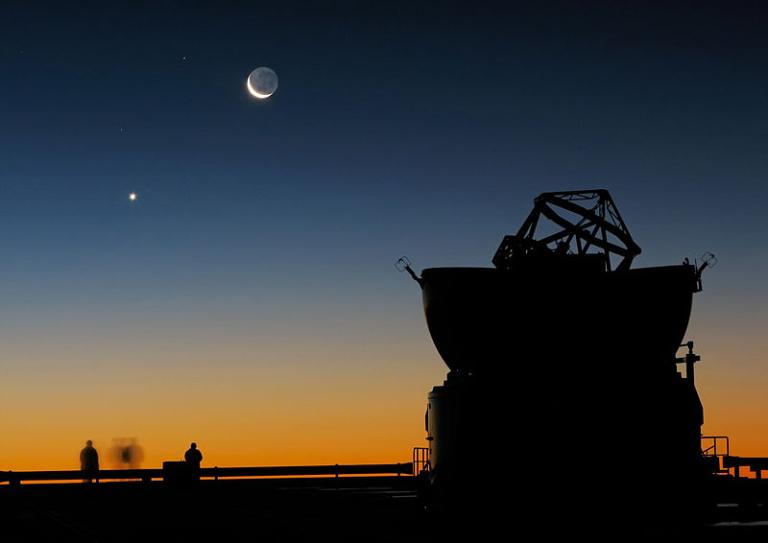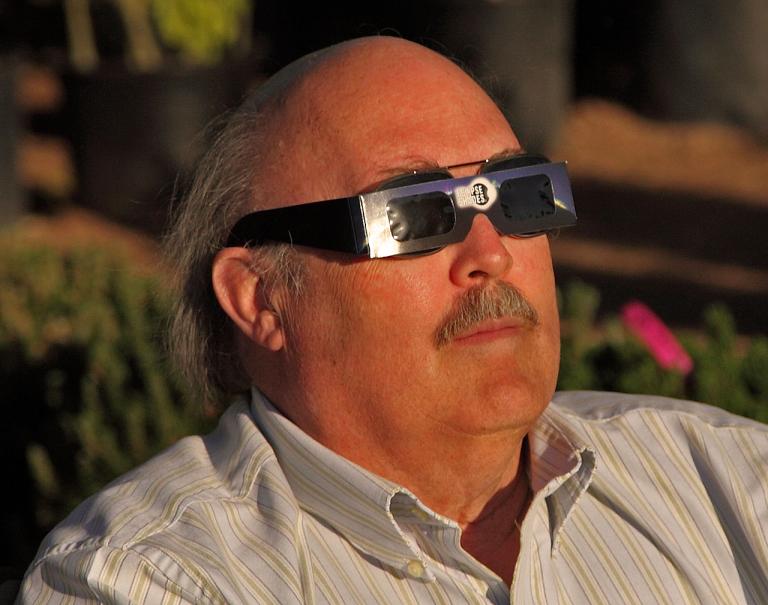
The first manmade object to reach the surface of the Moon from Earth was the Soviet Union’s Luna 2 mission, which arrived on lunar soil on 13 September 1959. This year will mark the sixtieth anniversary of that still quite remarkable achievement.
But a much more memorable landing occurred when the Lunar Landing Module of Apollo 11 settled down on the Moon on 20 July 1969, with Neil Armstrong and Buzz Aldrin aboard. We are very nearly five decades from that precise date.
A total of twelve men from Earth have reached the surface of the Moon, all of them citizens of the United States of America. Although public fascination with space travel has faded considerably (and regrettably), I think it worthwhile here, at least once, to honor those who made the journey to our nearest neighbor in the Solar System:
Neil Armstrong (1930-2012)
Buzz Aldrin (1930-)
Pete Conrad (1930-1999)
Alan Bean (1932-2018)
Alan Shepherd (1923-1998)
Edgar Mitchell (1930-2016)
David Scott (1932-)
James Irwin (1930-1991)
John Young (1930-2018)
Charles Duke (1935-)
Gene Cernan (1934-2017)
Harrison Schmitt (1935-)
Sadly, no Earthling has been back since 1972.
Eight of the twelve Moonwalkers are dead. The four who remain alive as I write are 89 years old (Aldrin), 87 (Scott), 83 (Duke), and 84 (Schmitt).
From the vantage point of 1969-1972, I think that very few serious observers could have predicted that nobody else would go to the Moon over the next five decades.
It’s really quite a melancholy topic for reflection. There was a heady spirit of adventurousness and optimism in those days — I’m just old enough to remember it reasonably well — that I’m afraid we may have lost.
However, with the fiftieth anniversary of the first human landing on the Moon rapidly approaching, here are a few Moon-related links, including one that I shared the other day but that is relevant and that, anyway, you may have missed. But, first, a historical photograph:












